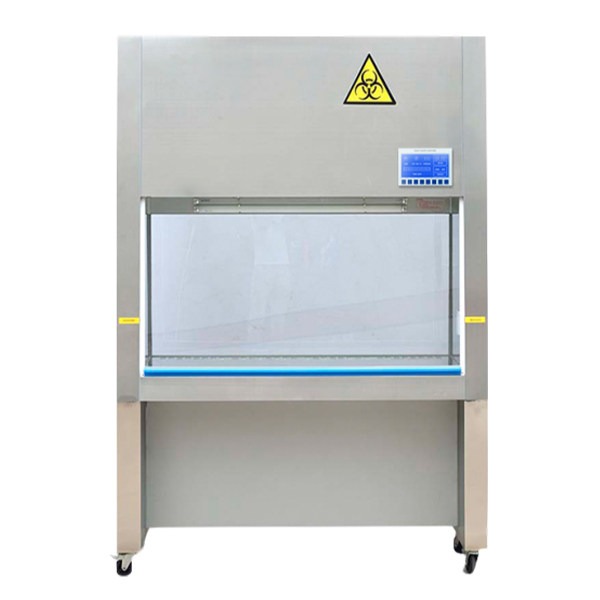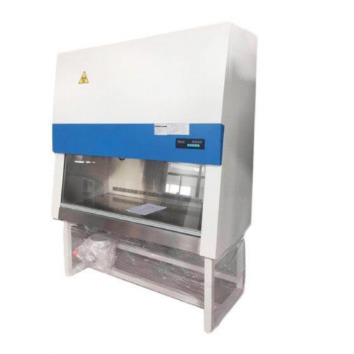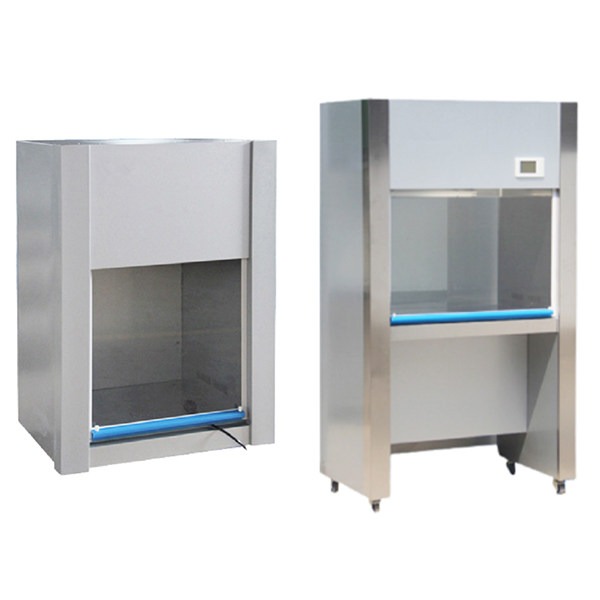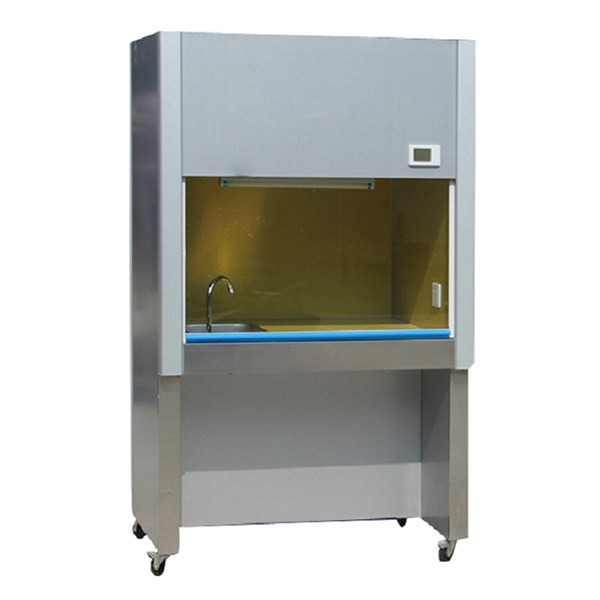Maintaining a biosafety cabinet (BSC) is critical to the safety of laboratory staff, the protection of samples from contamination, and the integrity of the research being undertaken. Certification is an important component of BSC maintenance since it entails testing and confirming the cabinet’s functioning against set criteria. But how frequently should your biosafety cabinet be certified? Let’s look at the aspects that influence certification frequency and the recommended BSC certification guidelines.

What are the Factors Influencing Certification Frequency of A Biosafety Cabinet?
- Regulatory Requirements
To ensure the safe operation and containment of dangerous compounds within the laboratory environment, regulatory regulations for biosafety cabinets (BSCs) are in place. Compliance with these laws is critical for the protection of laboratory staff, the prevention of environmental pollution, and the integrity of research and experimentation. Here are some important regulatory standards to keep in mind when using a biosafety cabinet:
- Occupational Safety and Health Administration (OSHA)
OSHA is a federal agency in the United States that develops and enforces workplace safety laws. While OSHA does not have particular biosafety cabinet requirements, they do provide general principles for laboratory safety and worker protection. Employers must follow OSHA guidelines in order to maintain a safe working environment.
- Centers for Disease Control and Prevention (CDC)
The CDC publishes biosafety guidelines for laboratory environments, including the proper use and maintenance of BSCs. Biosafety in Microbiological and Biomedical Laboratories (BMBL) from the Centers for Disease Control and Prevention (CDC) is a widely recognized paper that defines biosafety methods, containment concepts, and suggested BSC classes.
- National Sanitation Foundation (NSF) International:
NSF International is a non-profit organization that creates standards and certification programs for a variety of sectors, including biosafety cabinets. The performance and certification requirements for Class II BSCs are specifically addressed in NSF/ANSI Standard 49.
- European Committee for Standardization (CEN):
The CEN has created standards for biosafety cabinets throughout Europe. The EN 12469 standard specifies the standards and testing procedures for microbiological safety cabinet.
- International Organization for Standardization (ISO):
ISO has created biosafety cabinet standards, such as ISO 14644-1, which handles cleanrooms and associated controlled environments. This standard sets guidelines for clean air quality, including particle concentrations and air change rates.
- Cabinet Usage and Application
The frequency of BSC certification can vary depending on usage intensity and kind. Because of the increased contamination concerns, high-traffic or important applications, such as clinical laboratories, may necessitate more regular certification. Cabinets used for lower-risk applications, on the other hand, may have longer certification periods. To determine the proper certification frequency, evaluate the usage and application of your BSC.
- Manufacturer Recommendations
A biosafety cabinet manufacturer frequently issues maintenance and certification interval guidelines for their equipment. These recommendations are based on significant testing and research carried out during the cabinet’s construction. It is best to follow the manufacturer’s instructions to ensure optimal performance and warranty compliance.
- Industry Best Practices
While regulatory standards and manufacturer suggestions are important starting points, it is also important to consider industry best practices when selecting the certification frequency for your BSC. These approaches are frequently based on the experiences and advice of biosafety and laboratory operations specialists. Consultation with biosafety experts or references to published recommendations from respected organizations can provide useful information.

What are the Recommended Guidelines for the Certification of A Biosafety Cabinet?
Class I and Class II Type A2 Cabinets
A biosafety cabinet used in ordinary laboratory applications is typically certified on an annual basis.
BSCs used in high-risk applications, such as handling hazardous substances or performing clinical diagnostic procedures, may benefit from semi-annual certification.
Class II Type B1 and Type B2 Cabinets
BSCs used in ordinary laboratory applications are typically certified on an annual basis.
Biosafety cabinets used in high-risk applications or laboratories handling particularly hazardous compounds may benefit from semi-annual certification.
Class III Cabinets (Glove Boxes)
Because of their sophisticated design and critical nature, Class III cabinets should be certified on a yearly or semi-annual basis.
It is crucial to note that these guidelines are only guidelines and the individual demands of your laboratory, legal regulations in your region, and manufacturer recommendations should all be taken into account when determining the certification frequency for your biosafety cabinet.
Summary
Regular maintenance, including certification, ensures that your biosafety cabinet continues to function at high efficiency, protecting laboratory staff and samples. By following appropriate certification intervals, you may reduce contamination risks, maintain regulatory compliance, and sustain the highest biosafety standards in your laboratory.


